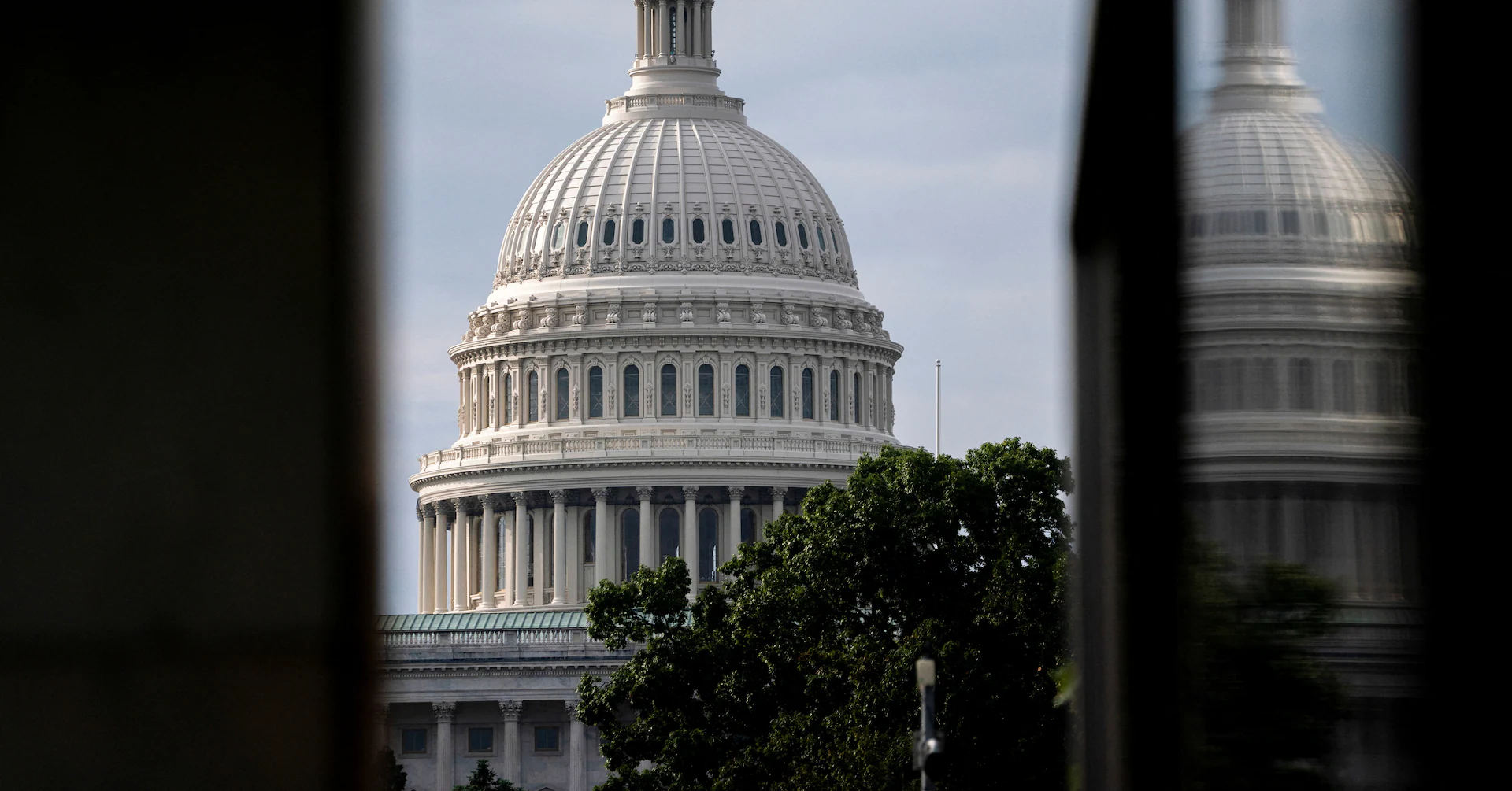By TN Education Desk
Copyright timesnownews

The National Institutional Ranking Framework (NIRF) will now have negative marking in a few parameters from now next year onwards, as per media reports. These parameteres will also include retracted research papers and citation of tainted papers. The tenth edition of the NIRF was recently announced by Union Education Minister Dharmendra Pradhan, but the domestic rankings have never had any negative weightage. Anil Sahashrabudhe, chairman of the National Board of Accreditation (NBA), the agency managing the NIRF, said the framework would introduce negative marks for retraction of research papers by journals.”For the first time, penalties are being formally stitched into the ranking methodology to act against research malpractice and misrepresentation of data. The negative marking system will soon be declared and draft norms are being readied,” he was quoted saying by PTI. Over the past two to three years, many institutes have seen a significant number of research papers retracted, raising concerns about their credibility. Experts say that unless negative marks are introduced, institutes are unlikely to take corrective action. Current ranking systems like QS, Times Higher Education, and NIRF have not accounted for such retractions, allowing some institutes to rise in rankings despite having high numbers of withdrawn research papers. This issue was also highlighted in a public interest litigation (PIL) filed in April before the Madras High Court, which questioned the transparency of rankings like NIRF. The PIL noted that NIRF rankings were based “solely on data provided by the institutes on their websites, without any verification or auditing.” The court issued an interim stay on the rankings, which was later lifted after the Centre stepped in, saying a “scientific method” prescribed by an expert body was being followed for publication of the NIRF ranking list. What is NIRF? The National Institutional Ranking Framework (NIRF) is a system launched by the Ministry of Education, Government of India, to evaluate and rank higher education institutions across the country. Introduced in 2015, NIRF provides a transparent, data-driven ranking of colleges, universities, and other institutes to help students, parents, policymakers, and recruiters make informed decisions. Institutions are assessed across five key parameters: Teaching, Learning & Resources (TLR); Research and Professional Practices (RP); Graduation Outcomes (GO); Outreach and Inclusivity (OI); and Perception (PR). The framework covers a wide range of disciplines, including engineering, management, law, pharmacy, and agriculture. NIRF rankings are considered a benchmark for quality in Indian higher education, helping institutions identify areas of improvement while guiding students and employers in evaluating educational standards.



